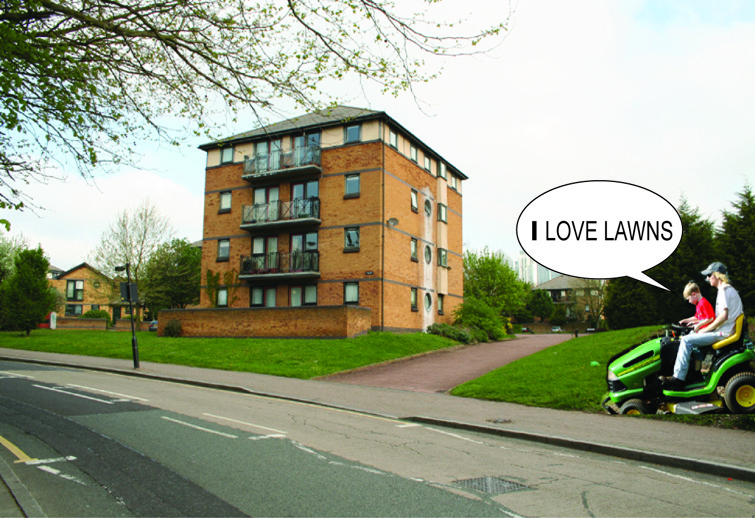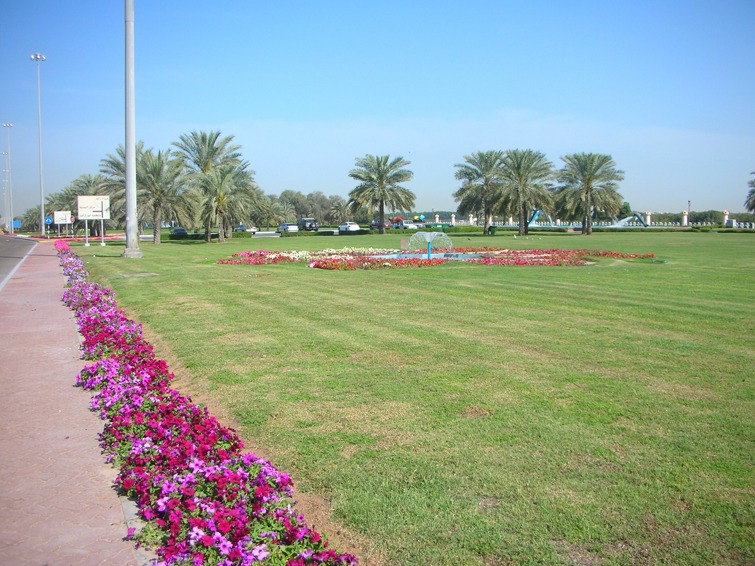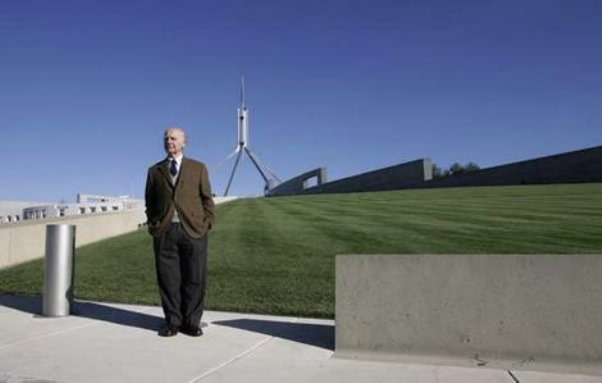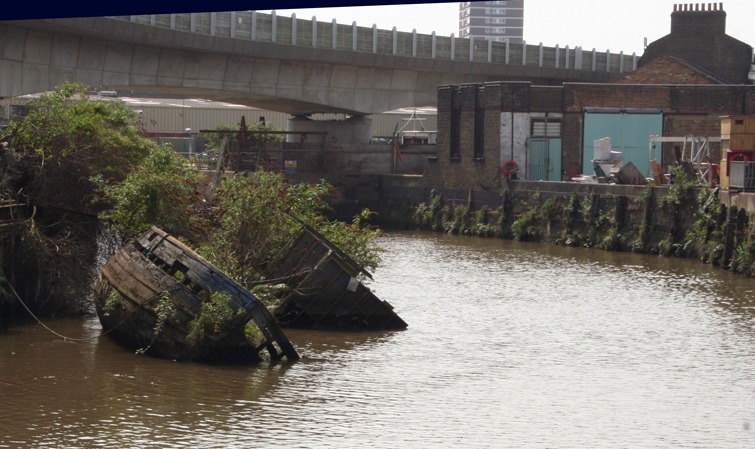I wish I could tell you whether this rotting barge is a ‘wreck awaiting removal’ or a ‘scheduled monument awaiting a viewing fee’. I fear the former. Deptford Creek is a very interesting place. Henry VIII established England’s first Royal Dockyard here. Peter Romanov, son of Alexis I, was born in the Kremlin and came to Deptford in 1698 to learn shipbuilding. This was 4 years before he became the Czar who became Peter the Great. An exceedingly strong man, he worked, drank and womanized with the shipwrights. From 1871 until 1914 Deptford was the City Corporation’s Foreign Cattle Market. But almost all the evidence of this fascinating history has gone. The Docklands Light Railway was as heartlessly perched over the river as if it been in Tokyo. Then, with the 1990s YBA’s and Britart, Deptford became an artist’s enclave. Most certainly, the old ships should not be removed. But nor should they be restored. They should be allowed to sink, ever so gradually, into the mud.
Yearly Archives: 2009
Eyesorit: I love lawns
My definition of an eyesorit is ‘an urban design which makes the eyes sore but tinged with mirth’, rather as Private Eye Magazine does with its brilliant covers. Normally, they are photographs with bubble captions.
The architect, the town planner, the highway engineer and the landscape architect responsible for this codge-up, photographed in London’s Isle of Dogs on 19.4.2009 should only venture out wearing shame-guards. It is a stupid waste of some of the world’s prime urban land. The road and the paths are ugly and too wide. The gardens and the balconies are too small. The lawn is but an exercise ground for lawn mowers. The greenspace has no use and no beauty. Its maintenance wastes fossil fuels. And yet this example is much better than many of the residential blocks the city has shoved up in the past decade, making London what Rasmussen might have called a ‘less-unique city’. It makes one wonder if professional bodies are worth having – and reminds one of Adam Smith’s remark that: “People of the same trade seldom meet together, even for merriment and diversion, but the conversation ends in a conspiracy against the public, or in some contrivance to raise prices.”
Abu Dhabi and sustainable landscape architecture in the Gulf
 Since Gulf and Asian landscape architecture are improving, it may be a good time to dwell on past mistakes. The above photo is of the east corniche in Abu Dhabi. It was designed in conjunction with major traffic routes and exemplifies what goes wrong when landscape architecture work is supervised by firms of engineering consultants. The east corniche ‘park’ lies beside a 12 lane carriageway and flyover. It is a horrible place to be, especially during the rushhour. Pedestrian access just about impossible. Abu Dhabi is not short of money but this is a terrible way to waste water, space and resources. The ‘park’, better described as a ‘GARK‘, is ‘decorated’ with petunias, lawns and a fountain. Abu Dhabi is developing a grey water mains water supply but many lawns of this type are watered with drinking water. Grassland irrigation is calculated at 12 litres per square meter per day, which is 4,380 litres of water per square metre per year. Since there are about 58,000 sq m of grass, it must require about 250 million litres of water per year. In desert conditions, petunias probably require more water. Desalination plants dump their excess salt back into the Gulf. This will turn the mangroves yellow in perhaps 50 years. Beyond the gark, to the right, you can see the tops of the mangrove swamps which border the Abu Dhabi Gulf coast. The mangroves grow practically without maintenance in seawater. They are an ecological treasure chest and very beautiful. One wonders if the ‘designer’ of the Corniche east park ever woke up and felt really stupid about what he or she had done. It is not too late to commission a landscape architecture firm to claim the gark for the mangroves.
Since Gulf and Asian landscape architecture are improving, it may be a good time to dwell on past mistakes. The above photo is of the east corniche in Abu Dhabi. It was designed in conjunction with major traffic routes and exemplifies what goes wrong when landscape architecture work is supervised by firms of engineering consultants. The east corniche ‘park’ lies beside a 12 lane carriageway and flyover. It is a horrible place to be, especially during the rushhour. Pedestrian access just about impossible. Abu Dhabi is not short of money but this is a terrible way to waste water, space and resources. The ‘park’, better described as a ‘GARK‘, is ‘decorated’ with petunias, lawns and a fountain. Abu Dhabi is developing a grey water mains water supply but many lawns of this type are watered with drinking water. Grassland irrigation is calculated at 12 litres per square meter per day, which is 4,380 litres of water per square metre per year. Since there are about 58,000 sq m of grass, it must require about 250 million litres of water per year. In desert conditions, petunias probably require more water. Desalination plants dump their excess salt back into the Gulf. This will turn the mangroves yellow in perhaps 50 years. Beyond the gark, to the right, you can see the tops of the mangrove swamps which border the Abu Dhabi Gulf coast. The mangroves grow practically without maintenance in seawater. They are an ecological treasure chest and very beautiful. One wonders if the ‘designer’ of the Corniche east park ever woke up and felt really stupid about what he or she had done. It is not too late to commission a landscape architecture firm to claim the gark for the mangroves.
Landscape and garden interpretation
Is this how we understand landscapes and gardens, natural and designed: through a friend’s camera reflected in our own glasses?
Image courtesy Mark Hodges.
Parliament House Canberra green roof
 Seeing Green over new ground cover proposal for Parliament House
Seeing Green over new ground cover proposal for Parliament House
One way of promoting green roofs and investigating the question of their accessibility is to look at some of the excellent examples which now exist.
Parliament House, Canberra is probably one of the world’s earliest and most successful green roofs. The Parliament House building was constructed in 1988 for $1.1 billion. The reason for the design of the green roof at the time was not due to sustainability as an imperative, rather it was conceived of “in order to preserve the shape of the hill on which it was built.” The Parliament building was constructed into the top of the hill and the roof was grassed over.
The issue of the grassed roof’s sustainability has been raised by the prolonged drought conditions of recent years. The architect of the original building, Romaldo Giurgola, is against all proposals to replant the roof with more sustainable hardy, native or drought tolerant plants. He believes that grass turf is an intimate part of the conception of the building and that any change “would completely destroy the form of the building.” http://greenroofs.wordpress.com/category/politics/
I suggest an online design competition to produce and debate alternative forms of cover which would satisfy the perceived need for a more sustainable ground cover and satisfy the demanding eye of the architect who rightly has regard to the heritage value of his work and to its design integrity.
Landscape Institute organization
The UK Landscape Institute should consider itself in the position of Robert the Bruce in a cave on Rathlin Island in the winter of 1305 watching a spider trying to make connections from one area of the cave’s roof to another. The LI has achieved good things but has suffered defeats. It should seize the breathing space offered by the recession to think again and plan for the future. ‘If at first you don’t succeed, try try again.’ Are the problems interconnected? Does the Constitution need to be revised?
The LI has lost too much money. It is out of touch with its membership. Its public profile is too low. Its recruitment is far too low. Major opportunities in garden design and landscape planning have been missed. It has too little influence on government policy. There is no PPG Note on landscape matters. UK landscape architects have not achieved the international renown enjoyed by other categories of British designer (eg architects). The LI Journal is a monthly disappointment. The organization is timid and tepid: not hot and yet uncool.
A symptom of the malaise is the complete redesign of the logo, journal and website every few years. Landscape design should be a classic brand – with new leadership and more responsive organization. The forthcoming Council elections are a time for change.

